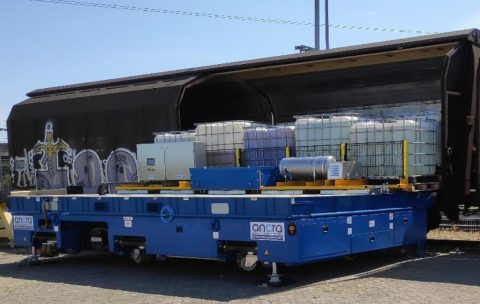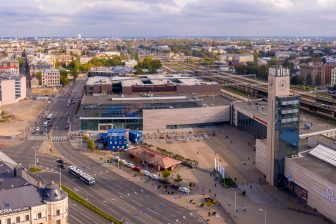
Antwerp: a multimodal freight village for chemical industry
AWLS prototype
The port of Antwerp should become a multimodal logistics hub with innovative rail solutions for the chemical industry. A new automated pallet loading system for trains is one such solutions. Those are the conclusions of a joint research project, where the Belgian chemical and rail freight industry got their heads together on how to facilitate the modal shift to rail in the chemical sector.
Do you want to read the full article?
Thank you for visiting RailFreight.com. Become a member of RailFreight Premium and get full access to all our premium content.
Are you already a member?
Having problems logging in? Call +31(0)10 280 1000 or send an email to customerdesk@promedia.nl.





